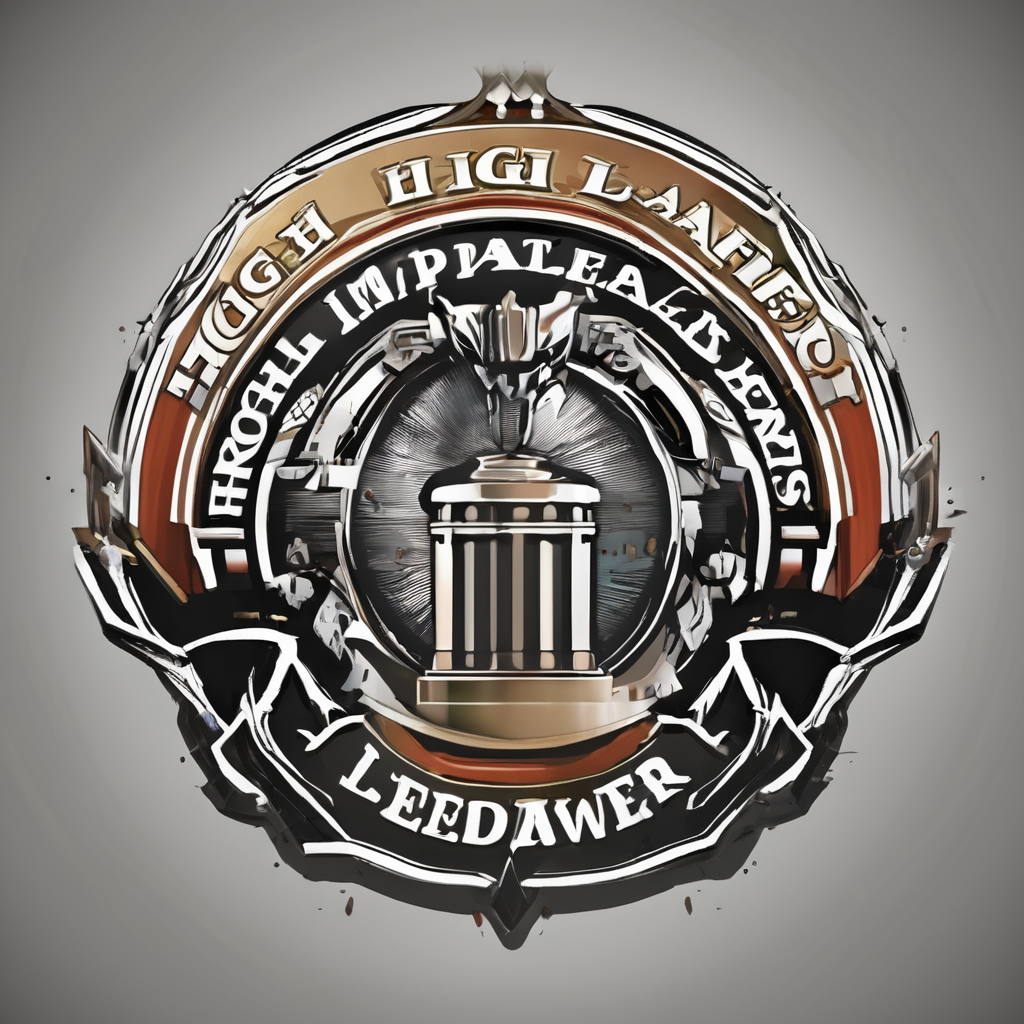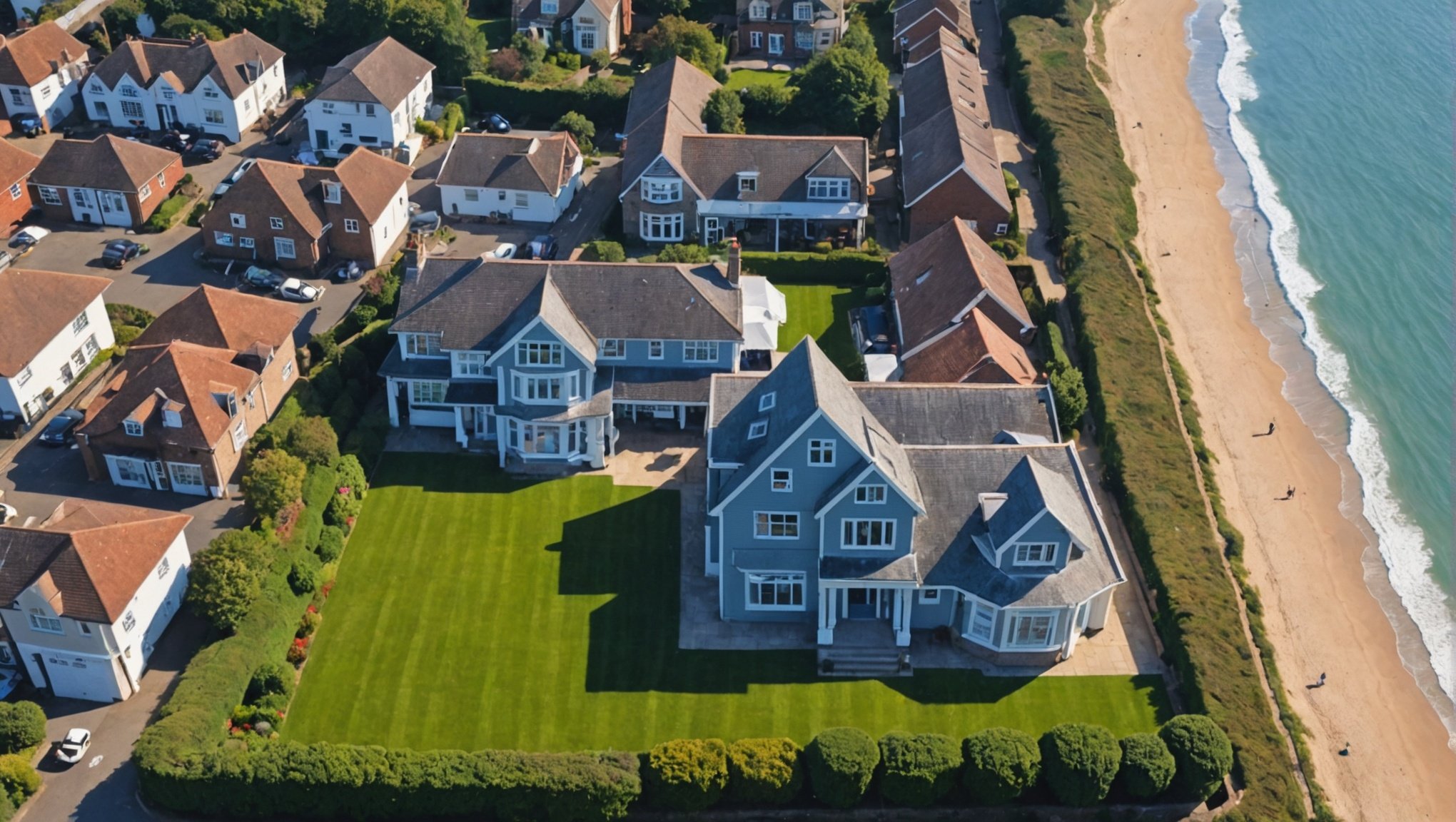Bournemouth's real estate landscape is evolving with cutting-edge drone technology, offering agents an edge in property marketing. Drones provide breathtaking aerial views that showcase properties in an unparalleled way, enhancing visual storytelling and capturing buyers' attention. From virtual tours to stunning promotional videos, the sky's the limit for innovative marketing strategies. Discover the unique ways Bournemouth agencies can harness this technology to elevate their listings and improve client engagement while staying ahead of the competition.
Overview of Drone Technology in Real Estate
Drone technology has revolutionised the real estate industry, offering new ways to market properties. Initially, drones were primarily used for aerial photography, capturing stunning images from angles previously impossible. This innovation has evolved, with drones now providing immersive video tours and 3D mapping. Such advancements allow potential buyers to experience properties from their own homes, enhancing the buying process.
Topic to read : Unlocking Collaboration: Leveraging Open-Source Tools in a Cambridge Research Lab
Incorporating drone technology into real estate marketing strategies is becoming increasingly common. Current trends show a shift towards using drones for detailed site inspections and virtual reality tours. This approach not only showcases properties more effectively but also saves time and resources for both buyers and sellers.
The importance of integrating such innovative technology cannot be overstated. It provides a competitive edge by offering unique, engaging content that attracts more potential buyers. Moreover, it helps real estate professionals to stand out in a crowded market. By embracing drone technology, agents can offer a more comprehensive view of properties, ultimately leading to faster sales and satisfied clients.
This might interest you : Unlocking Culinary Potential: How Bristol Eateries Can Leverage Data Analytics to Enhance Their Menus
Benefits of Using Drones in Property Marketing
The benefits of drones in property marketing are transformative, particularly in enhancing visual appeal. Aerial views offer a unique perspective, capturing the full scope of a property and its surroundings. This bird's-eye view can highlight features such as landscaping, proximity to amenities, and overall layout, which traditional photography might miss.
Moreover, drones facilitate the creation of immersive virtual tours. These tours allow prospective buyers to explore properties in detail from their own homes, fostering a deeper connection to the listing. By providing a comprehensive view of both the interior and exterior, virtual tours can effectively showcase a property's potential.
The use of drones also results in increased engagement and interest in listings. Properties marketed with aerial views and virtual tours often stand out in a crowded market, attracting more potential buyers. This innovative approach not only enhances the marketing strategy but also offers a competitive advantage. By incorporating these advanced techniques, real estate professionals can present properties more effectively, ultimately leading to quicker sales and satisfied clients.
Case Studies from Bournemouth Real Estate Agencies
In Bournemouth, real estate agencies have embraced drone technology, showcasing its potential through various success stories. One agency, for example, utilised drones to capture breathtaking aerial views of coastal properties, leading to a significant increase in buyer interest. This innovative approach not only highlighted the properties' proximity to the beach but also emphasised their unique architectural features.
Another agency focused on drone applications for virtual tours, allowing potential buyers to explore properties remotely. This strategy resulted in a 30% increase in virtual viewings, demonstrating the effectiveness of drones in engaging prospective clients. By providing an immersive experience, the agency could connect with buyers on a deeper level, ultimately boosting sales.
Key lessons from these case studies include the importance of high-quality footage and strategic planning in drone marketing campaigns. Best practices suggest focusing on properties with unique selling points that can be accentuated from the air. Additionally, agencies found that integrating drone footage with traditional marketing materials created a more comprehensive and appealing package for potential buyers.
These success stories illustrate the transformative impact of drones in the Bournemouth real estate market, offering valuable insights for other agencies looking to enhance their marketing strategies.
Practical Tips for Implementing Drone Technology
Integrating drone technology into real estate strategies requires careful planning and execution. Here are some practical steps to consider:
Selecting the Right Drone and Service Provider: Begin by assessing your specific needs. Consider factors such as budget, property type, and desired outcomes. Research reputable service providers who offer high-quality drones equipped with advanced features like GPS and stabilisation systems. Ensure they have experience in real estate to guarantee professional results.
Capturing High-Quality Footage and Images: Prioritise best practices to achieve stunning visuals. Schedule shoots during optimal lighting conditions, typically early morning or late afternoon. Use drones with high-resolution cameras to capture detailed images. Experiment with various angles to highlight the property's unique features and surroundings.
Incorporating Drone Content into Marketing Materials: Integrate drone footage seamlessly into your existing marketing strategy. Use aerial shots in online listings, brochures, and social media campaigns to enhance visual appeal. Consider creating virtual tours that combine drone footage with interior videos for a comprehensive view of the property.
By following these marketing tips, real estate professionals can effectively leverage drone technology, creating engaging content that attracts potential buyers and enhances their competitive edge.
Regulatory Considerations for Drone Usage
Understanding drone regulations is crucial for real estate professionals integrating this technology. In the UK, the Civil Aviation Authority (CAA) governs drone operations, mandating specific legal compliance. It's essential to stay updated on these laws to avoid penalties.
Licensing is a key component. Operators must obtain the appropriate permissions, such as the Flyer ID and Operator ID, which ensure that both the drone and its pilot are registered with the CAA. This process involves passing a theory test to demonstrate understanding of safety and operational guidelines.
Safety is paramount when using drones in residential areas. Adhering to safety guidelines includes maintaining a safe distance from people, buildings, and vehicles. Drones should not fly higher than 400 feet and must remain within the operator's visual line of sight. Additionally, respect for privacy is essential, requiring operators to avoid capturing images of individuals without consent.
By adhering to these regulations and guidelines, real estate professionals can safely and legally incorporate drones into their marketing strategies, enhancing property presentation while ensuring public safety and compliance.
Cost Analysis of Drone Services
Incorporating drones into real estate marketing involves various drone costs. Understanding these expenses is crucial for effective budgeting. The primary costs include purchasing or renting drones, hiring professional operators, and post-production editing. High-quality drones with advanced features can range from hundreds to thousands of pounds, while professional services often charge per hour or project.
A critical decision is whether to operate drones independently or hire professionals. DIY drone operation might seem cost-effective initially, but it requires investment in equipment and training. Operators must also stay updated with regulations, adding to the real estate marketing expenses. Conversely, professional services offer expertise and high-quality results, ensuring compliance and saving time.
To budget effectively for drone marketing, consider these tips:
- Evaluate needs: Determine the frequency and scope of drone usage.
- Compare options: Weigh the costs and benefits of DIY vs. professional services.
- Plan for contingencies: Allocate funds for potential repairs or upgrades.
By understanding and planning for these expenses, real estate professionals can optimise their marketing strategies while maintaining a balanced budget.
Enhancing Listings with Drone Footage
Incorporating drone footage into property listings can significantly enhance their visual appeal and marketing effectiveness. By capturing high-quality visual content, real estate professionals can provide potential buyers with a comprehensive view of the property and its surroundings. This strategy is particularly effective in showcasing nearby amenities, such as parks, schools, and shopping centres, which can greatly influence a buyer's decision.
To effectively integrate drone footage into online listings, consider the following strategies:
- Highlight Key Features: Use aerial shots to emphasise unique property features, such as expansive gardens or architectural details.
- Showcase Surroundings: Capture the neighbourhood's landscape and proximity to amenities, offering a broader context of the property's location.
- Create Engaging Narratives: Combine drone footage with storytelling to create a compelling narrative that resonates with potential buyers.
Examples of successful drone-enhanced property listings often involve a blend of aerial views and traditional photography, providing a well-rounded perspective. By focusing on both the property and its environment, listings become more attractive and informative, ultimately leading to increased interest and quicker sales.
Future Trends in Drone Technology for Real Estate
The future of drones in real estate promises exciting advancements, with emerging technologies set to redefine property marketing. As drones become more sophisticated, we expect enhanced capabilities such as autonomous flight, allowing for more efficient data collection and property inspections. This innovation will enable real estate professionals to gather comprehensive insights with minimal human intervention.
Real estate innovation is likely to see drones equipped with thermal imaging and advanced sensors, providing detailed analysis of property conditions. This could prove invaluable for assessing roof integrity, energy efficiency, and identifying possible structural issues. Such applications will not only speed up the inspection process but also enhance accuracy, offering clients a detailed overview of potential investments.
To stay ahead, real estate agencies should invest in continuous learning and adaptation. Embracing emerging technologies and integrating them into existing marketing strategies will be crucial. Agencies might consider partnerships with tech firms to access cutting-edge drone solutions and training. By doing so, they can ensure they remain competitive, delivering top-notch services that meet the evolving demands of the market.
Combining Drone Technology with Other Marketing Strategies
In the realm of real estate promotion, integrating drone technology with multi-channel campaigns can elevate marketing efforts significantly. By combining drone footage with social media platforms, agencies can create captivating content that captures the attention of potential buyers. Integrated marketing strategies enable real estate professionals to distribute high-quality aerial visuals across various channels, enhancing the property's reach and appeal.
Drones also play a pivotal role in email marketing campaigns and newsletters. Incorporating drone footage into these communications can provide subscribers with an immersive view of properties, increasing engagement and interest. By showcasing unique aerial perspectives, emails become more visually appealing and informative, encouraging recipients to explore listings further.
Real-world examples highlight the effectiveness of integrated marketing efforts utilizing drone footage. Agencies have successfully combined drone visuals with traditional marketing materials, such as brochures and online listings, to create a cohesive promotional package. This approach not only strengthens brand presence but also ensures a consistent message across all platforms, ultimately attracting more potential buyers and facilitating quicker sales.
Conclusion and Key Takeaways
Incorporating drones in real estate offers transformative benefits, revolutionising property marketing through aerial photography and immersive virtual tours. These technologies enhance property listings by providing unique perspectives and detailed site inspections. Staying compliant with regulations is crucial, ensuring legal and safe drone operations. Real estate professionals must familiarise themselves with licensing requirements and safety guidelines to avoid penalties.
Key insights reveal the importance of high-quality footage and strategic planning in drone marketing. By capturing stunning visuals and integrating them into diverse marketing materials, agents can attract more potential buyers. This approach not only improves engagement but also accelerates sales, providing a competitive edge in the market.
Adopting innovative marketing strategies, such as combining drone footage with traditional methods, is essential. Real estate professionals are encouraged to explore these advancements, leveraging drones to offer a comprehensive view of properties. By embracing these technologies, agents can enhance their marketing efforts, ultimately leading to faster sales and satisfied clients.
In summary, the strategic use of drones in real estate presents numerous advantages, making it a valuable tool for modern marketing.











